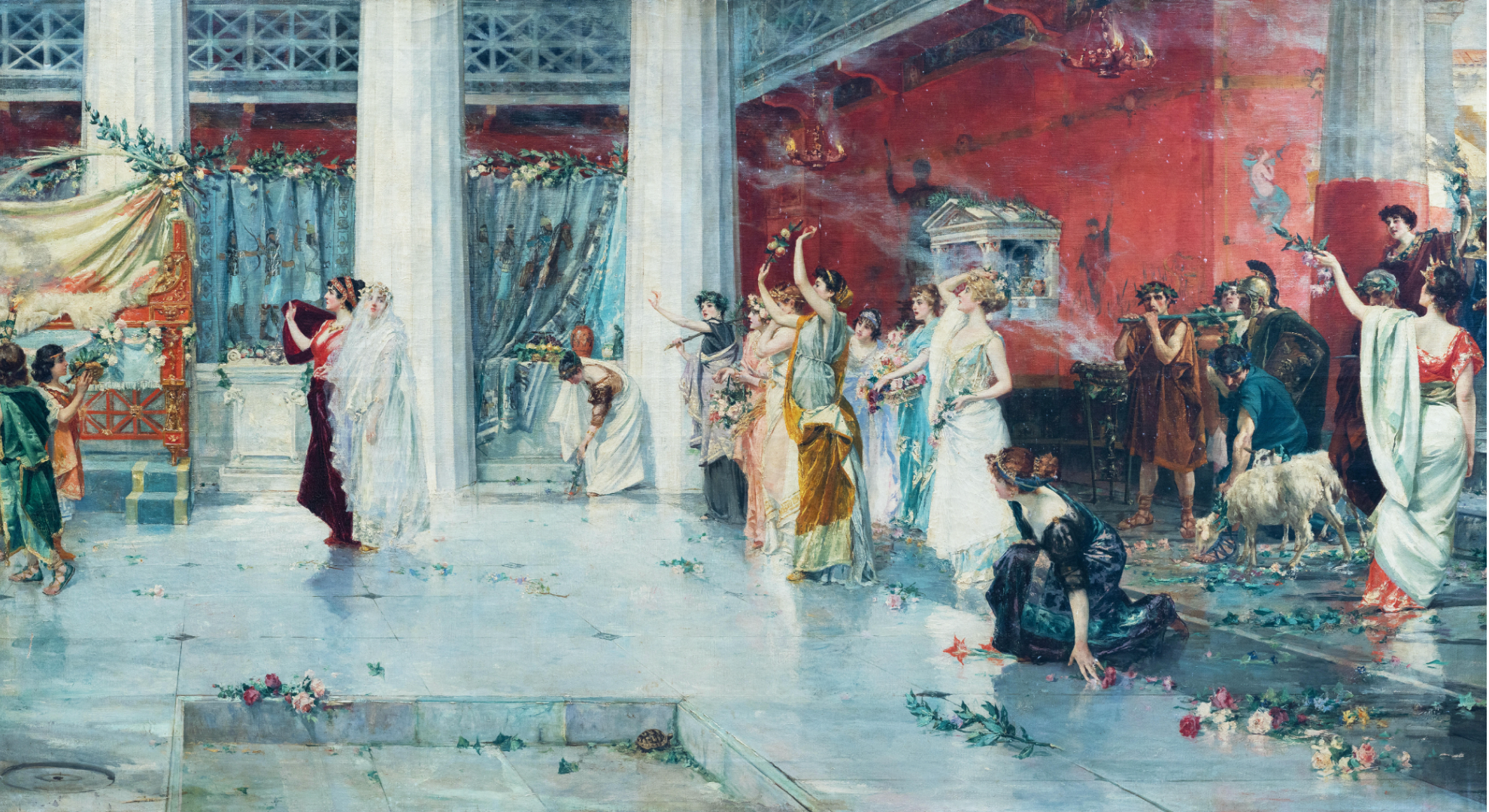We are in a crucial period, as we find ourselves grappling with foundations of truth and history as we know it being shaken, either positively by new discoveries and research, or in a more sinister way by misinformation, fake news, and other agenda. In these times, we turn to sources we trust—books, for instance, and institutions like museums.
A museum plays an important role, not only as a repository of historical knowledge and by housing and protecting the physical proof left from the centuries gone, but also because it has a responsibility and capability to engage people and make us more aware about the narratives shaping the country.
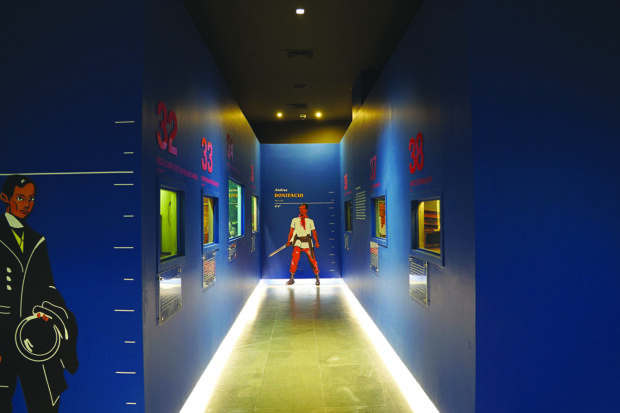
This is a serious and weighty undertaking, and only few institutions take it as seriously and to such great lengths as the Ayala Museum.
As June 12 marks the 125th year of our nationhood, the Ayala Museum joins the government’s cultural and historical agencies in celebrating Independence Day. With a multimedia exhibition entitled “Splendor: Juan Luna, Painter as Hero,” the museum will showcase Luna’s long-lost masterpiece entitled “Hymen, oh Hyménée!” The painting, which was last seen in public 132 years ago in Paris, is being exhibited in the Philippines for the very first time.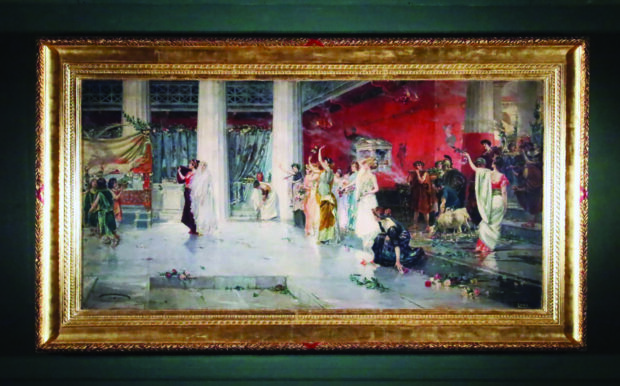
Rising to prominence in the same years our country fought for independence, Luna is seen as an interesting representation of how we as a nation also strove to position ourselves in the world.
“He was a very bemedalled artist. Considering all the racial bias he had to face [then], he was among the best. The curatorial team had done tremendous research on how he had done that. And because he had done that, he’s one of the best in the Western world at that time, and he endowed the rest of us Filipinos with so much pride,” Mariles Gustilo, senior director of the Ayala Museum, says.
“And if you think about it, this was during the time we were also trying to deal with our own journey to nationhood, around the 1890s. Dealing with our own nationhood, our own desire for independence, people like him showed us that we can be shoulder to shoulder [with these Westerners], that we’re as good as the rest in the world, and therefore we deserve the same—if not better—than the rest of the world.”
The exhibition, which launches on June 12, is set to run until December 31. And in keeping with the museum’s new approach to presenting history, arts, and culture, the exhibit will also be presented using various forms of media.
The exhibition will explore the world of 1889, around which the painting came to life; Juan Luna, the artist; and the painting’s rich imagery. A special documentary detailing the recovery of the painting and tracing its origins and context, will also be screened within the exhibition space.
On this same day, the Ayala Museum will also be opening its doors free of admission fees, thanks to their partnership with Ayala Corporation as part of its long tradition of supporting and making the arts and culture accessible to the public. Aside from free museum days—the most recent of which was last May, which drew around 4,000 people to Ayala Museum—Ayala Corporation has also been a staunch supporter of art spaces like the recently built Samsung Performing Arts Theater in Circuit Makati, the Ayala Museum, and Maybank Theater, and of events like Art Fair Philippines.
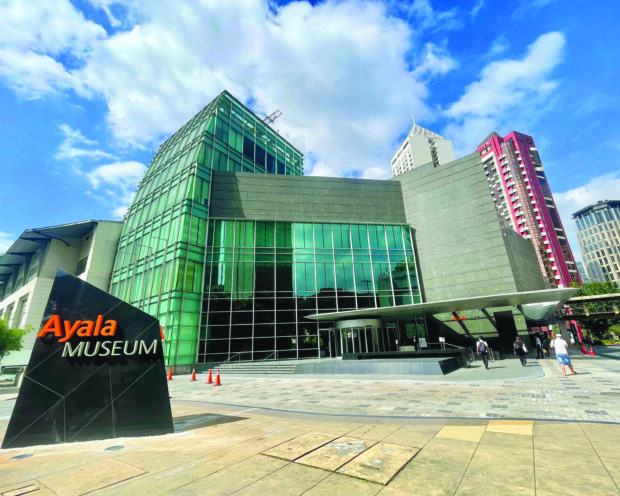
The evolution of the Ayala Museum
How does an institution that deals with history—put crudely, old objects—situate itself in an increasingly digital, virtual era? For the Ayala Museum, it is only a matter of being where they can be most accessible to the public. Embracing digitalization seemed to be but a natural step in their evolution as a museum.
First established in 1967 by the Ayala Foundation, the museum was one of its first advocacies. In 1974, they built the first museum in an area currently occupied by Greenbelt. The single-floor space then, designed by National Artist for Architecture Leandro V. Locsin, already had the iconic dioramas, a small library, and an aviary. A few decades later in 2004, Ayala Museum moved to its current location on the corner of Makati Avenue, occupying several floors and eventually expanding its collection to include its current permanent exhibitions on pre-colonial Philippine gold, indigenous textiles, and tradeware ceramics.
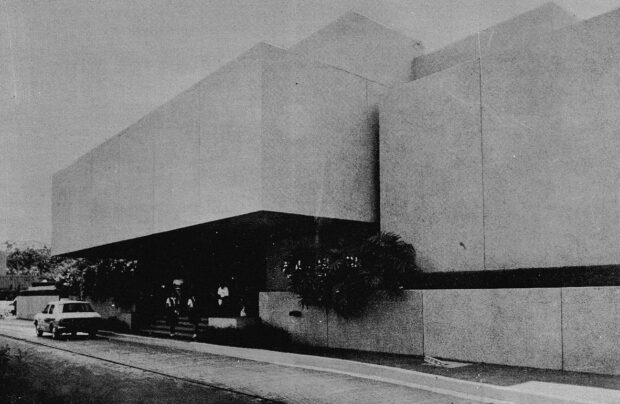
Now, 15 years later, the museum once again saw a need to renew itself. In June 2019, the museum closed and embarked on a total renovation, upgrading not just the physical space, but its exhibits as well.
“The idea now was to make it again relevant to the times with the current renovation, and this whole aspect of [being] omnichannel happened,” Gustilo says.
“So we have a digital gallery—I think we can claim it to be the first in the Philippines—wherein visitors can see our collections up close and ‘touch’ it,” she adds. “[This] beautiful, expansive digital gallery [allows] you to ‘touch’ the artwork and understand more. It’s also a way of building a connection with the younger people.”
A lifestyle choice
Situated alongside various other events, spaces, and stimuli, the current challenge for a museum—especially Ayala Museum, which finds itself at the center of the Makati Business District—is how to get people interested in it.
“We need to make ourselves worthy of interest and being spent on as a lifestyle choice. A lot of that was also under consideration when we were renovating,” Gustilo says. “How do we enhance our role as a lifestyle choice for people? How do you get people to be engaged with art and culture?”
“We never want to lose sight of the vision of the museum, and that’s of course to communicate to our guests a sense of pride in being Filipino, what our culture means, how we came to be, who we are today. That’s a constant in our programming. But at the same time, we also consider what it is that contemporary audiences might be interested in. Because if a museum cannot engage its audience, we lose a bit of the traction we want to build and our relationship with our stakeholders,” adds Ayala Museum curator Marinella Mina.
From engaging “History Comes Alive” lectures with historian Ambeth Ocampo and regular music programs and concerts with the Manila Symphony Orchestra, to accessible art classes and workshop sessions, the museum thus steadily built itself into more than just a house of artifacts and cultural objects, but a neighborhood cultural center.
“Tradition, tomorrow”
“How do we use [our museum’s] collection to help our visitors understand that all these meant something and led to something today? …The fact that we’ve become omnichannel, obviously is a way of trying to make this whole idea even more accessible to the general public,” said Gustilo, encapsulating an internal philosophy that she termed “tradition, tomorrow.”
There have also been several interesting discoveries during this process of renovation and reopening, Gustilo and Mina point out. After the renovation, with the integration of various digital and multimedia presentations within the museum’s exhibitions, they’ve found a younger crowd frequenting the museum.
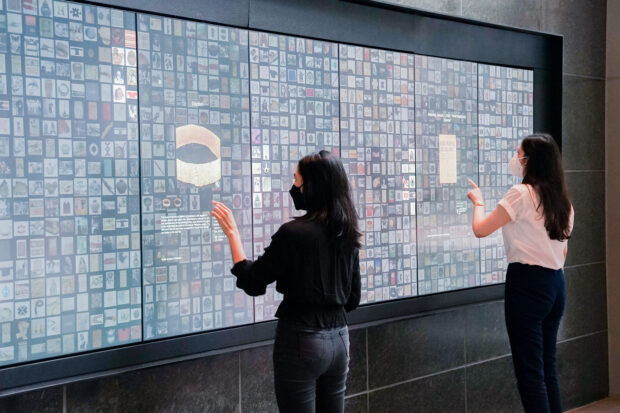
To uphold and showcase our traditions so that these and our culture can be carried on to the future is no easy feat. But all seems hopeful, especially as Ayala Museum continues to draw in a young crowd. There seems to be hope, that despite the challenges we as a society currently face, at least we can trust that the youth are interested in understanding ourselves as a nation. That, simply, is hope for the future of our being Filipino.
ADVT.

